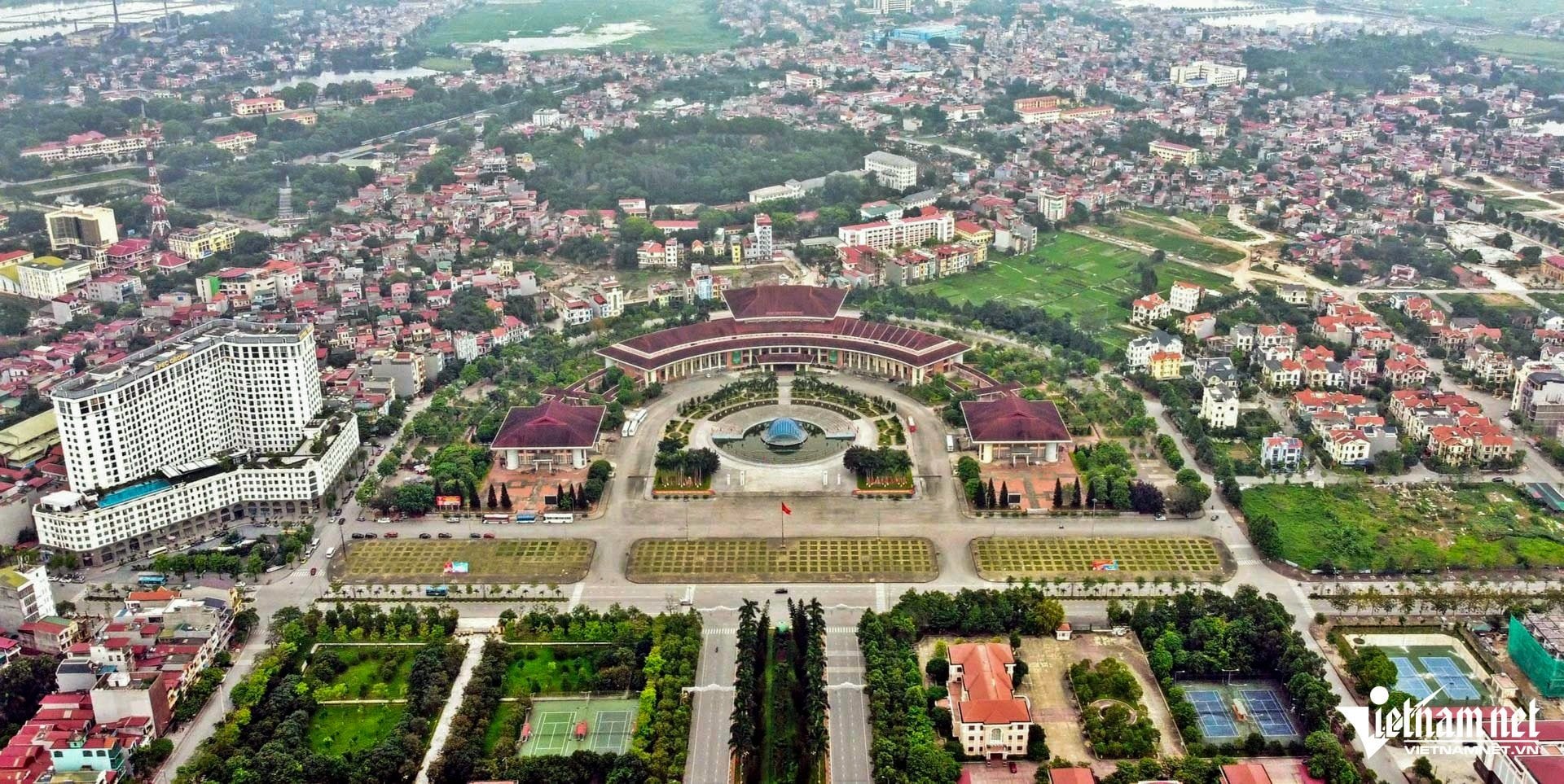
In Resolution 60 of the 11th Conference of the 13th Central Executive Committee, the Central Committee planned to merge Bac Giang and Bac Ninh provinces, naming the province Bac Ninh, with the political and administrative center located in Bac Giang. To implement the merger, Bac Giang province was assigned to preside over the arrangement with Bac Ninh province.
Reason for naming the new province Bac Ninh
According to the arrangement project between the two provinces, inheriting historical, traditional and cultural factors, the name Bac Ninh province has existed since 1831. The name Bac Ninh is not only an administrative symbol but also a profound historical and cultural symbol associated with the ancestor of the Kinh Duong Vuong ethnic group, a symbol of the origin of Lac Viet, associated with the capital Luy Lau, proving the earliest position of the center of politics, culture and Buddhism of the country.
This is the birthplace and preserve of Bac Ninh Quan Ho folk songs, a representative intangible cultural heritage of humanity recognized by UNESCO.
Not only that, Bac Ninh is also the land of the mandarin tradition, producing more laureates and doctors than any other locality in Vietnam's feudal history.
Therefore, using the name Bac Ninh for the new province shows cultural and historical depth, has sacred meaning, roots and easily creates consensus among the people.
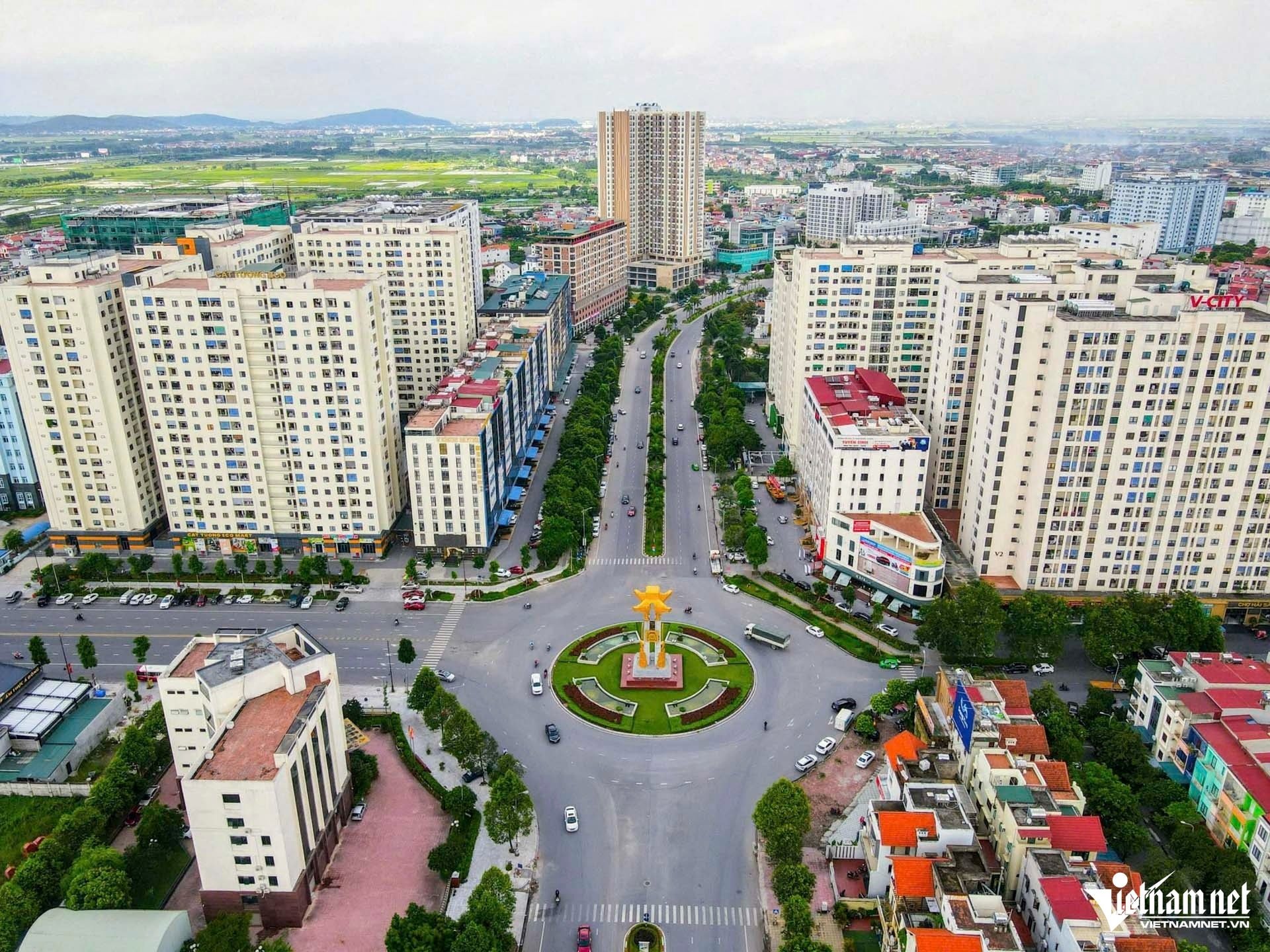
Bac Ninh has built a strong brand in modern times, not only in Vietnam but also internationally.
Currently, Bac Ninh is one of the leading high-tech industrial centers in the country, attracting a series of global corporations such as Samsung, Foxconn, Canon, and Amkor.
Bac Ninh is planned to be a modern industrial city, an important logistics and financial services center of the North.
Political and administrative center located in Bac Giang province
Bac Giang city served as the capital of Ha Bac province for more than 33 years until it was split into two provinces, Bac Giang and Bac Ninh, in 1997.
Bac Giang is a cultural center, where Kinh Bac culture (Bac Ninh and Viet Yen areas, Hiep Hoa - Bac Giang) and the cultures of ethnic minorities (Tay, Nung in Yen The, Lang Giang, Luc Ngan, Son Dong areas of Bac Giang) intersect.
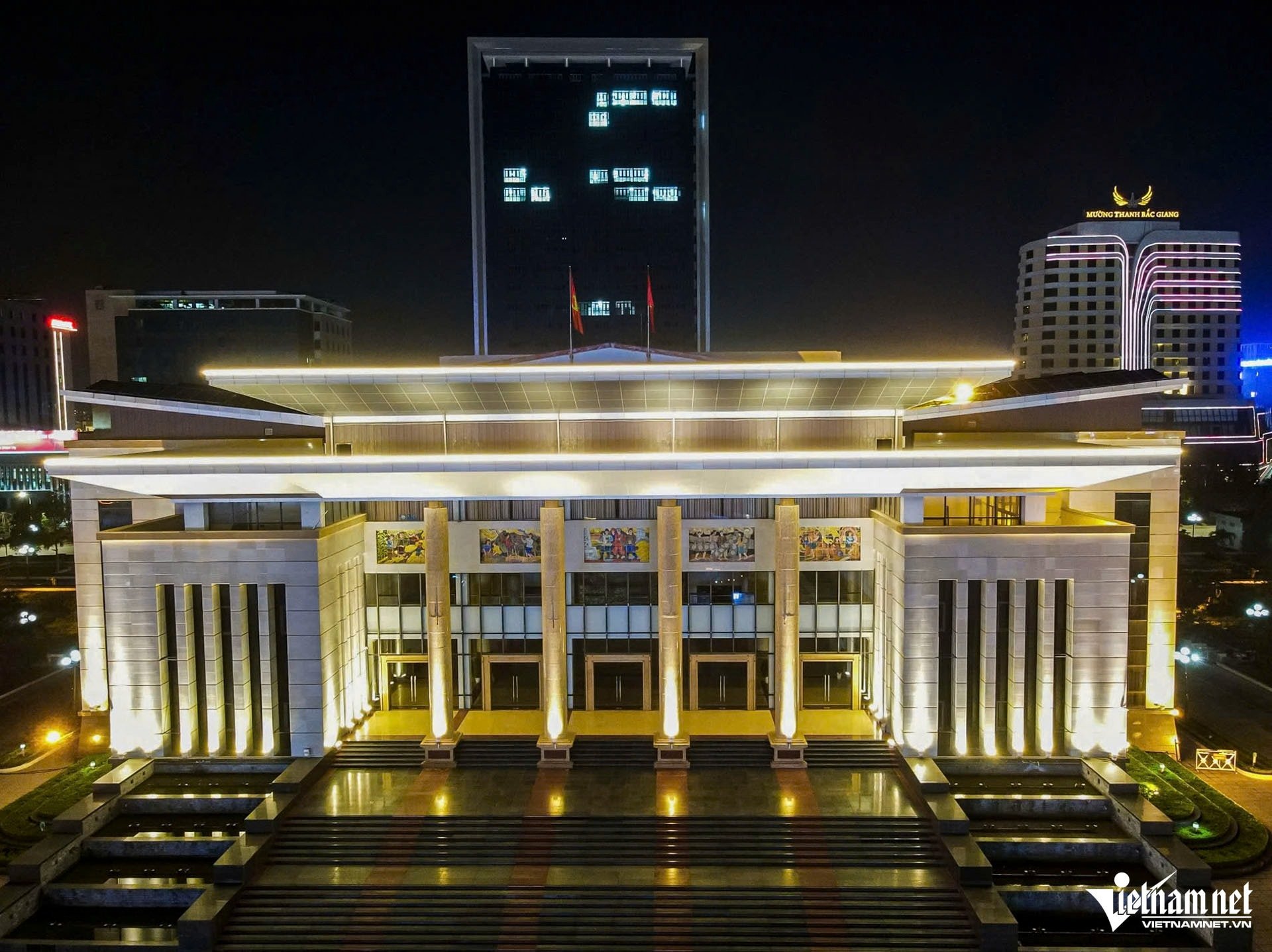
Placing the political and administrative center in Bac Giang City will be the center for cultures to easily interact, integrate, and not be biased, helping to protect the diversity of community cultures.
After merging the two provinces of Bac Ninh and Bac Giang, Bac Giang City meets the requirements of the province's center, with convenient transportation to all localities in the province within a distance of 40 - 70 km (if located in Bac Ninh City, the distance is up to more than 90 km).
Bac Giang province currently has 2 administrative center buildings (16 floors) and has just completed construction of a new 21-floor building; in front is a large square serving the state administrative agencies and socio-political organizations.
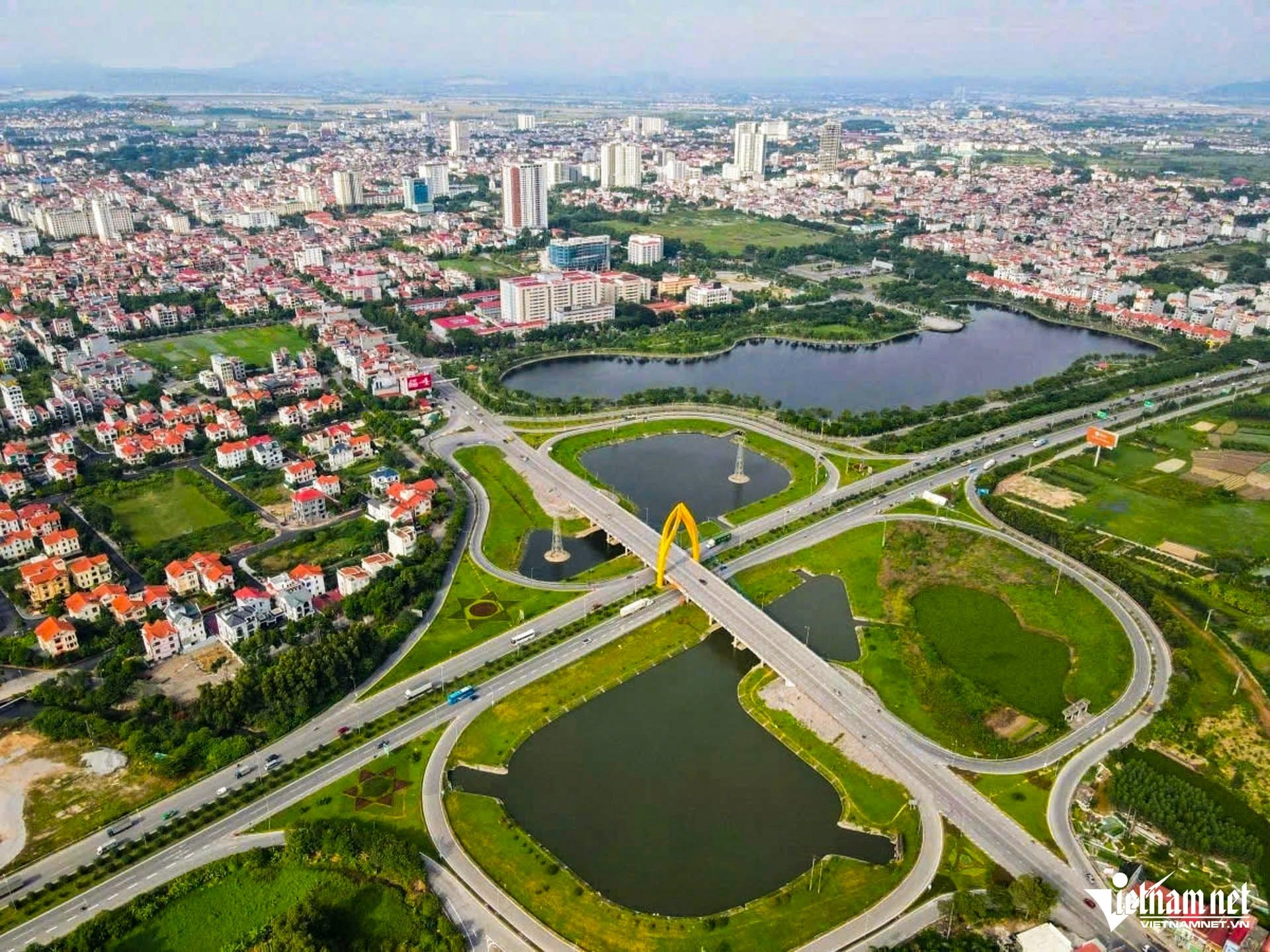
The Provincial Party Committee headquarters and Party agencies; the Provincial People's Council and People's Committee headquarters still ensure good quality. Bac Giang City has also recently built and put into use the City Party Committee and People's Committee headquarters with 2 large buildings, a separate conference center, and a square in front.
The need to arrange provincial administrative units
After 28 years, both separated from Ha Bac province, in recent years both Bac Giang and Bac Ninh provinces have had very strong development in socio-economy, industry, trade services, improving the quality of people's lives.
In 2024, Bac Ninh province will have a gross regional domestic product (GRDP) of VND 232.8 trillion. The GRDP growth rate is 6.03%. The average GRDP per capita in 2024 of Bac Ninh province is estimated to reach VND 150.5 million/person (equivalent to USD 6,010/person), 1.3 times higher than the national average.
Bac Giang province has a natural area of 3,895.89 km2, population of 2,057,918 people, in 2024: Gross Regional Domestic Product (GRDP) reaches 207 trillion VND; economic growth rate (GRDP) reaches 13.87%, ranking first in the country. GRDP per capita reaches 4,370 USD.
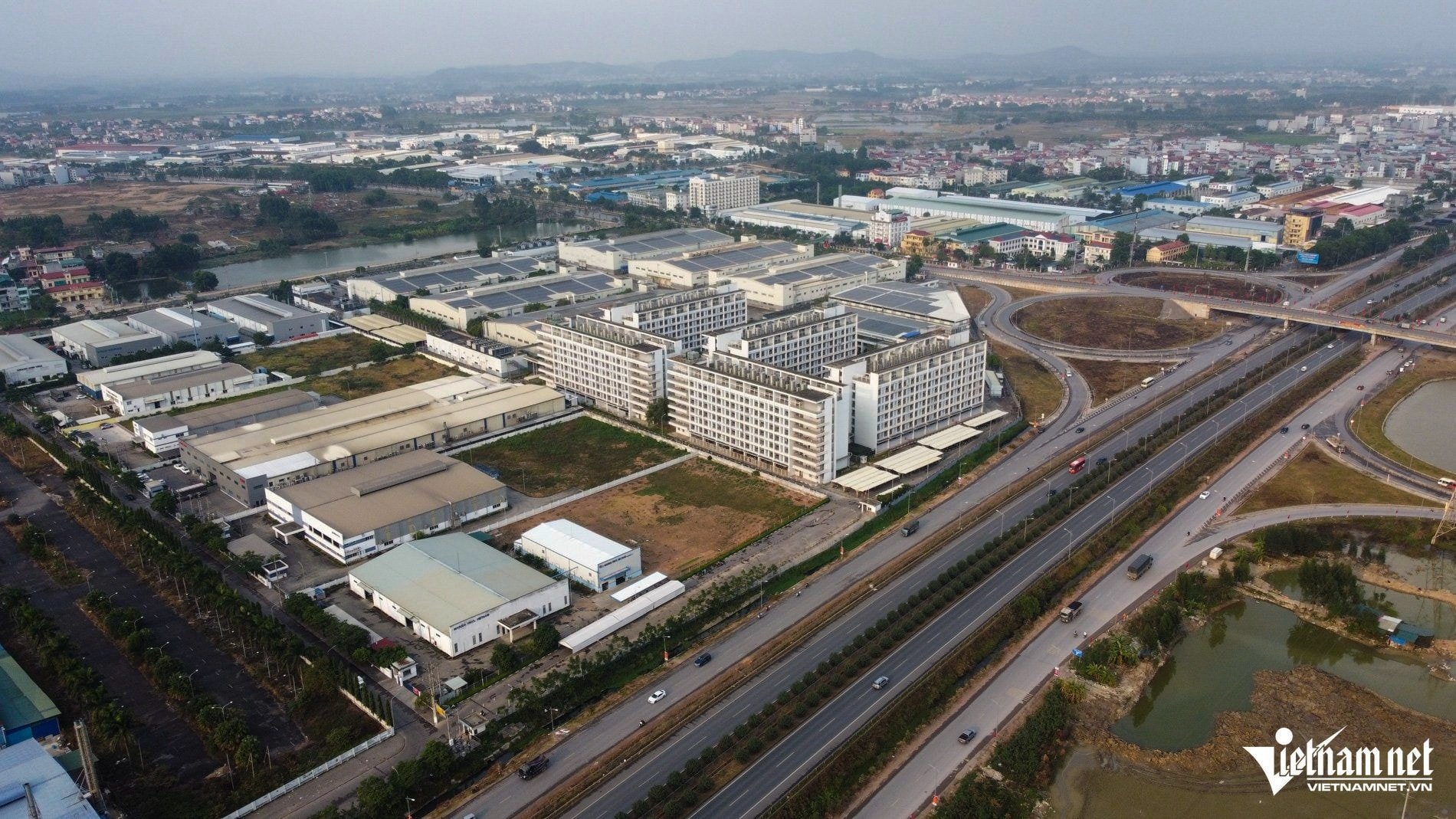
The economic structure shifted towards increasing the proportion of industry; in which industry - construction accounted for 67.5%; services accounted for 20.7%; agriculture, forestry and fishery accounted for 11.8%. State budget revenue reached 20,699.5 billion VND.
Total export turnover reached 60 billion USD. Up to now, the whole province has 16 industrial parks and 55 industrial clusters established, with a total area of 6,013 hectares.
Bac Ninh and Bac Giang provinces have many similarities in customs, practices, and culture due to their common historical origins, having been separated and merged several times (in 1831 it was Bac Ninh province, in 1895 it was separated into two provinces Bac Ninh and Bac Giang, in 1962 it merged Bac Ninh and Bac Giang provinces into Ha Bac province, in 1997 it was separated into two provinces Bac Ninh and Bac Giang).
Therefore, the arrangement of Bac Ninh and Bac Giang provinces is suitable for historical factors, traditional culture, scale, economic structure, and development orientation to ensure suitability of the factors.
VN (according to Vietnamnet)Source: https://baohaiduong.vn/ly-do-sau-khi-sap-xep-lay-ten-bac-ninh-dat-tru-so-o-bac-giang-409915.html


![[Photo] Ho Chi Minh City residents "stay up all night" waiting for the April 30th celebration](https://vphoto.vietnam.vn/thumb/1200x675/vietnam/resource/IMAGE/2025/4/30/560e44ae9dad47669cbc4415766deccf)
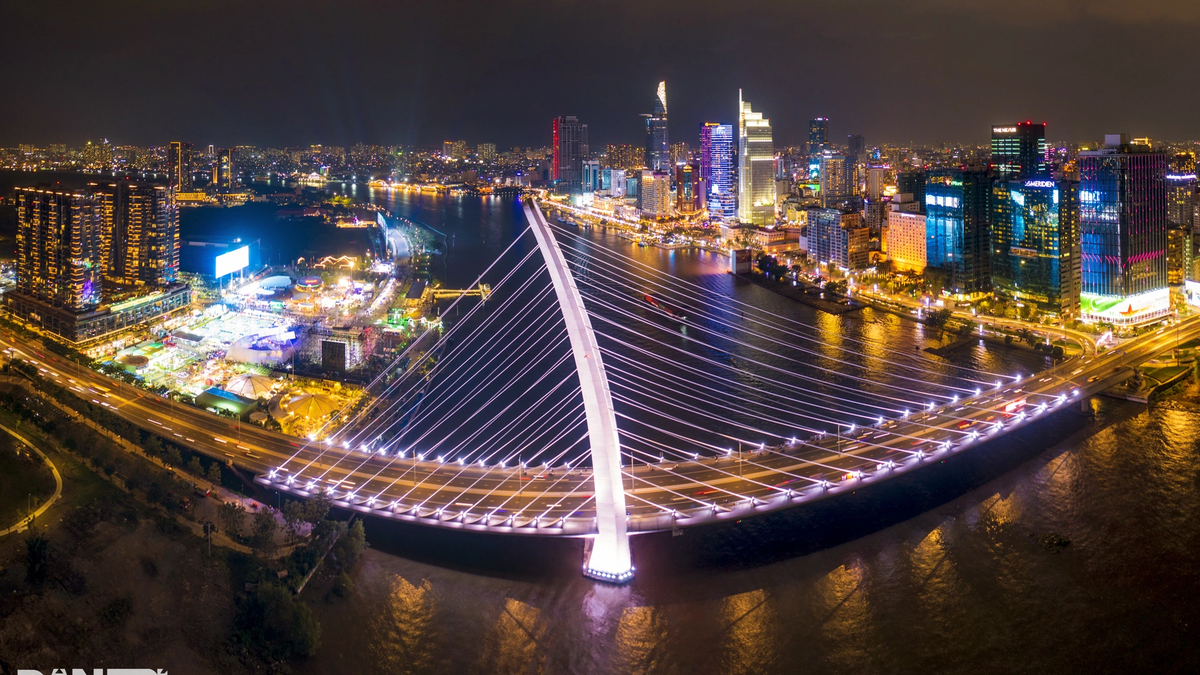
![[Photo] Hanoi is brightly decorated to celebrate the 50th anniversary of National Reunification Day](https://vphoto.vietnam.vn/thumb/1200x675/vietnam/resource/IMAGE/2025/4/29/ad75eff9e4e14ac2af4e6636843a6b53)
![[Photo] Nghe An: Bustling atmosphere celebrating the 50th anniversary of Southern Liberation and National Reunification Day](https://vphoto.vietnam.vn/thumb/1200x675/vietnam/resource/IMAGE/2025/4/29/64f2981da7bb4b0eb1940aa64034e6a7)
![[Photo] General Secretary attends special art program "Spring of Unification"](https://vphoto.vietnam.vn/thumb/1200x675/vietnam/resource/IMAGE/2025/4/29/e90c8902ae5c4958b79e26b20700a980)
![[Photo] Ho Chi Minh City: People are willing to stay up all night to watch the parade](https://vphoto.vietnam.vn/thumb/1200x675/vietnam/resource/IMAGE/2025/4/29/cf71fdfd4d814022ac35377a7f34dfd1)


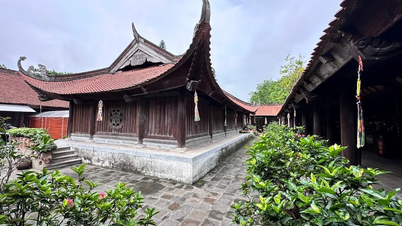

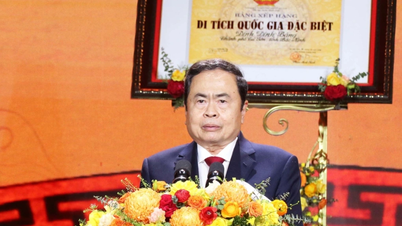

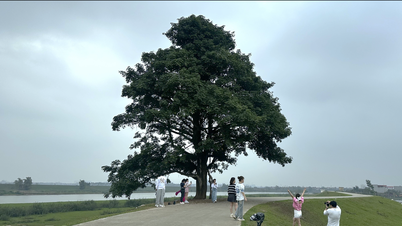





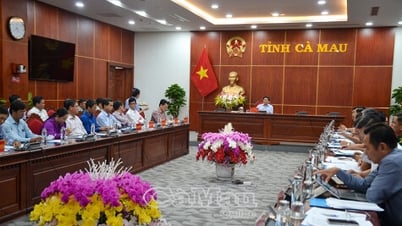


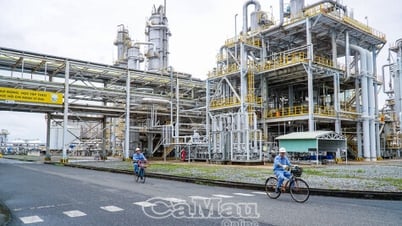






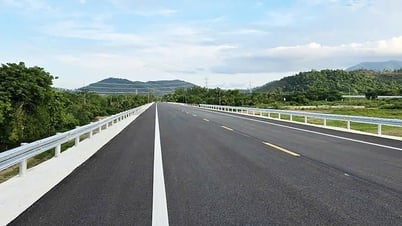

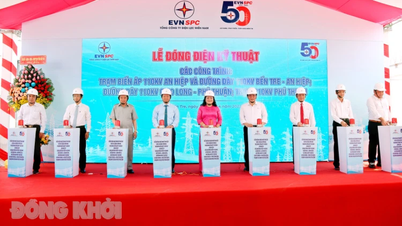
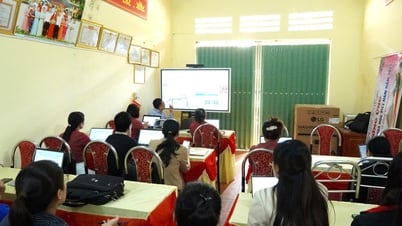
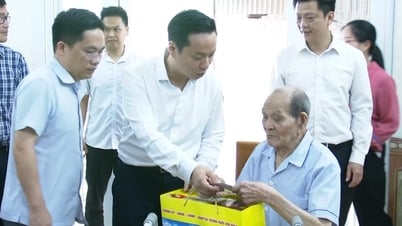

![[Photo] Prime Minister Pham Minh Chinh meets to prepare for negotiations with the United States](https://vphoto.vietnam.vn/thumb/1200x675/vietnam/resource/IMAGE/2025/4/29/76e3106b9a114f37a2905bc41df55f48)














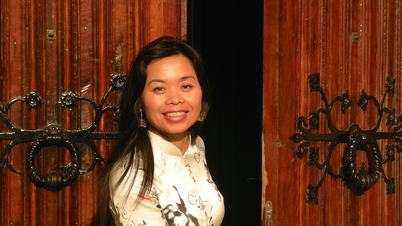
















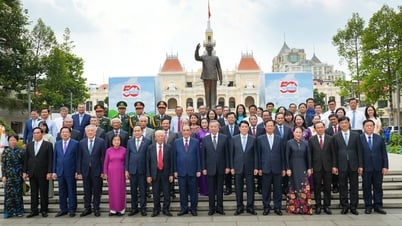


















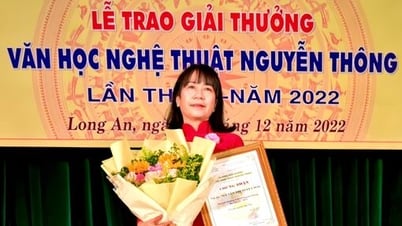












Comment (0)